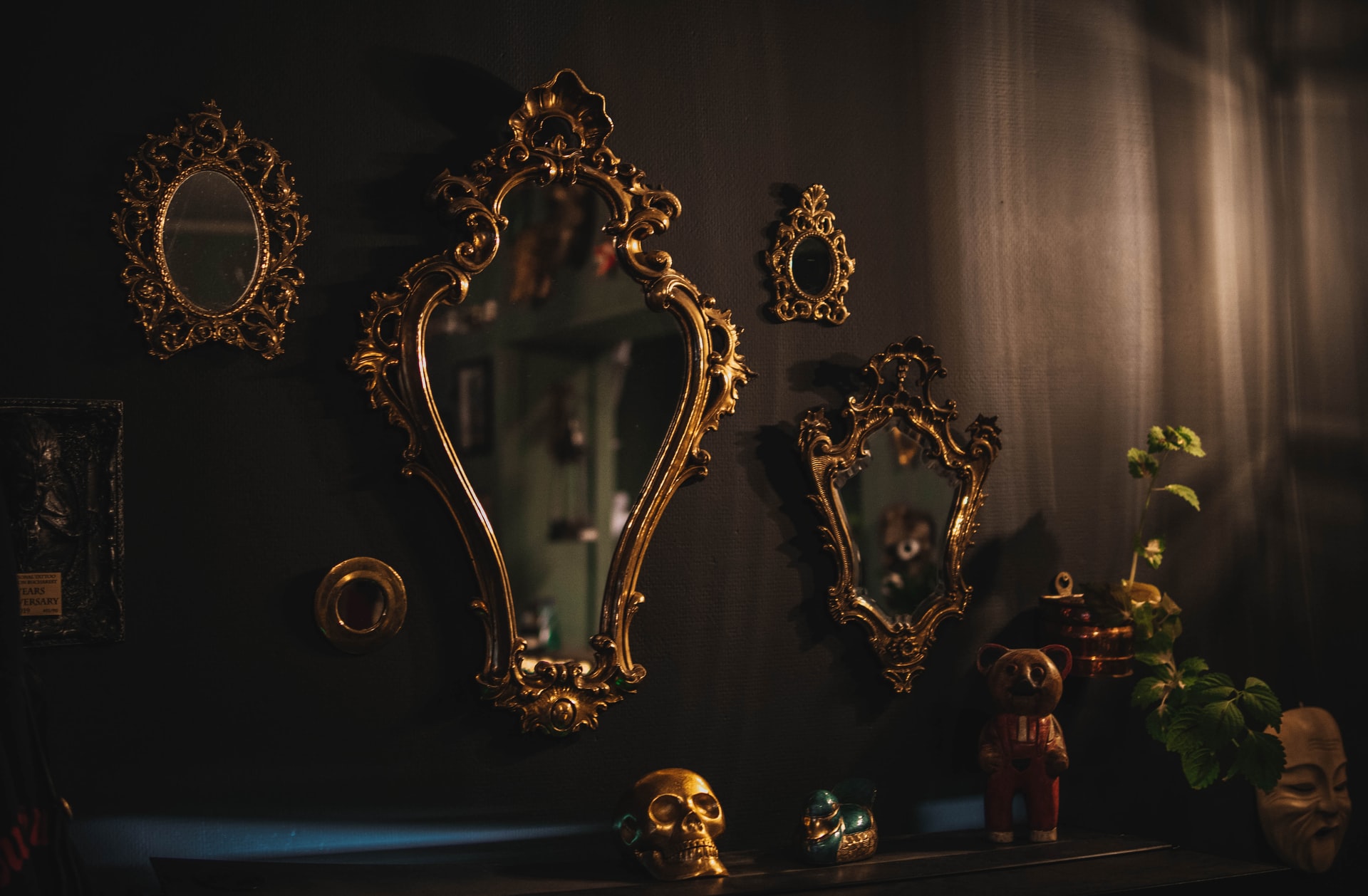by Nicole Yurcaba

If Aimee Herman’s epistolary YA novel Everything Grows set a high standard for LGBTQ-focused YA lit, then Katy Michelle Quinn’s Girl in the Walls takes that bar and raises it even higher. Girl in the Walls follows Vernon, who is born and raised a boy but knows their assigned gender is not their true one: “I know now, I knew as soon as I began this search, that I must be something other than what I was told I was. Whatever I am, it’s not what I thought. It’s some kind of plot twist.” Vernon conceals their identity from their parents, and to add to Vernon’s frustration, their family has moved from an accepting city where people celebrate and express themselves to a small Cascadian town where individuality, with the exception of a few goths, is a nearly non-existent term. As Vernon tackles adjusting to a new home and the unfamiliar halls of Maple Middle, they keep not only their stash of nail polish a secret: Vernon self-harms, and the cuts they unleash on their arms transport them to a realm behind the bedroom walls.
Girl in the Walls isn’t an easy novel to read or digest emotionally. Due to its graphic depictions of self-harm, the novel bears a content warning. Nonetheless, the self-harm narrative is imperative to the story, and its inclusion is a significant one: many studies state that, due to bullying, depression, and lack of support, trans children and teens have significantly higher rates of self-harm ideation in comparison to their cis-gendered peers. The novel also opens potentially uncomfortable conversations, particularly for cis readers, regarding the manufactured concept of gender and how these influence and dictate the bathroom rights of transgenders not only in schools but also public spaces. Next, the novel’s focus on parental discomfort and the violence and discrimination trans children and teens face from their parents and families reminds readers that the home life for many transgender individuals is anything but supportive.
Combined with the message that the individuals in one’s life bear a strong influence on one’s comfort with their identity as well as their ability to self-express is a deeper conversation about the influence of place, on that ties into the urban versus rural schism. Vernon frequently thinks about the small, rural Cascadian town to which their family moves and how it differs from the urban setting from which they hail. These reflections then become more intimate as Vernon contemplates the more personal, intimate spaces that shape everyday life–houses, bathrooms, bedrooms, even the insides of walls. The most poignant of these reflections emerges in Vernon’s insights about bathrooms: “I don’t know what I was expecting, but this room could be a photocopy of the men’s room minus the urinals. Their similarity underlines the uselessness of separate spaces.” This recognition of the uselessness of binary definitions in general is a significant turning point for both readers and Vernon.
Walls, and what lies beyond or behind them, also become notable markers and definers of place at the literal and metaphorical level in the novel: “I give my arm another exploratory nick, and the wall replicates my wound, the hole tearing wider sympathetically. I plunge the fingers of my well hand into the hole, feeling as far as I can into the space beyond.” Behind the walls, Vernon meets Violet, a trans teen with a wicked, black-and-purple gothy wardrobe and a plethora of cats. Violet, insightful and precocious, offers Vernon a true trans-figuration: Violet possesses the ability to share with Vernon snippets from Vernon’s future; these images, along with Violet’s support and encouragement, encourage Vernon to embrace their true identity. She also gives Vernon an opportunity Vernon doesn’t have on the other side of the wall: the chance to wear make-up and dresses and be the girl Vernon actually wants to be. While Violet is symbolic of taking control of one’s identity, it’s not only Violet who encourages Vernon. When Vernon makes the decision to attend Gay All Day, a community group for LGBTQ+ youths, the support Vernon finds in the group becomes another catalyst for Vernon’s brave step toward claiming their true identity–that of a girl who wants to be called Violet.
In essence, the novel is about self and relational growth and conquering the circumstances that inhibit it: “It feels good to fertilize myself. Up until now, I’ve been over-pruned. Picked down to the stem out of fear of what would grow if you let it.” For YA and adult readers alike, Girl in the Walls offers a philosophical yet emotional journey. Gripping and powerful, it will leave readers cheering for Vernon, who becomes Violet, and challenges and overcomes the seemingly impossible.
Nicole Yurcaba (Ukrainian: Нікола Юрцаба) is a Ukrainian-American poet and essayist. Her poems and essays have appeared in The Atlanta Review, The Lindenwood Review, Whiskey Island, Raven Chronicles, Appalachian Heritage, North of Oxford, and many other online and print journals. Nicole holds an MFA in Writing from Lindenwood University, is the recipient of a July 2020 Writing Residency at Gullkistan, Creative Center for the Arts in Iceland, and is a Tupelo Press June 2020 30 for 30 featured poet. Her poetry collection Triskaidekaphobia is forthcoming Black Spring Group in 2022. She teaches poetry workshops for Southern New Hampshire University and works as a career counselor for Blue Ridge Community College.



Add your first comment to this post